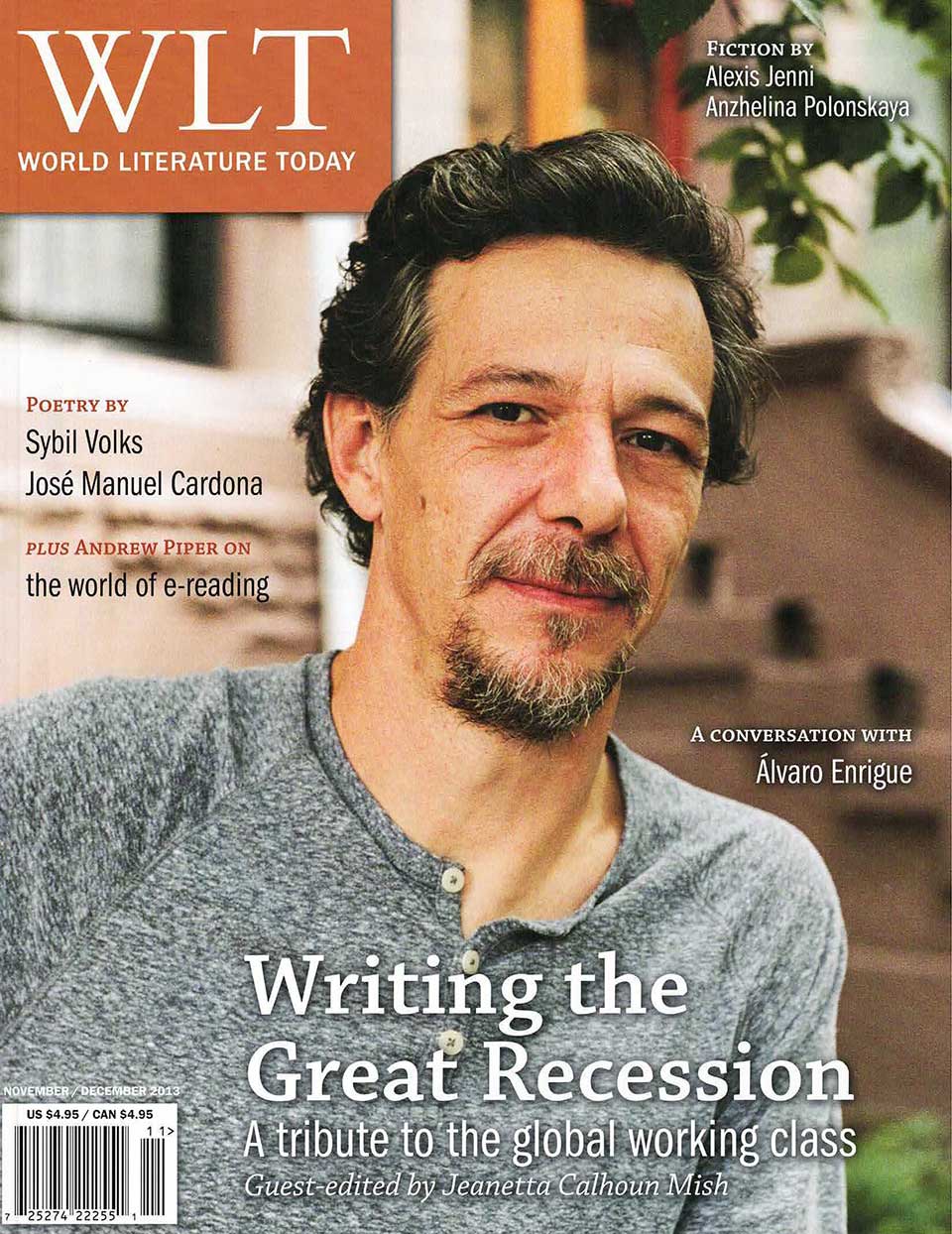Ballade d’un amour inachevé by Louis-Philippe Dalembert
Paris. Mercure de France. 2013. ISBN 9782715234536
 An earthquake is one manifestation of the forces of nature. In the province of L’Aquila, Italy, an extracom is subject to two other forces: one of acceptance, embodied by Azaka’s wife, seven months pregnant, and, belatedly, by his in-laws, and one of rejection, xenophobia exacerbated by racism. It is within the force fields of pro/creation and destruction that Dalembert deftly sets his interrupted Ballade.
An earthquake is one manifestation of the forces of nature. In the province of L’Aquila, Italy, an extracom is subject to two other forces: one of acceptance, embodied by Azaka’s wife, seven months pregnant, and, belatedly, by his in-laws, and one of rejection, xenophobia exacerbated by racism. It is within the force fields of pro/creation and destruction that Dalembert deftly sets his interrupted Ballade.
Azaka—no last name given—is an extracomunitario from Haiti, although that’s never stated explicitly. Some twenty-five years before the earthquake at L’Aquila, the young Azaka, trapped for three days, was rescued from the rubble in Haiti by a rescuer from Abruzzo. Thus, Dalembert links two countries stricken by earthquakes.
Mariagrazia Settesoldi comes from a small village near L’Aquila. She met Azaka, who runs a photocopy shop he miraculously acquired, when she needed ten copies of her master’s thesis for the next day. Their attraction was immediate, but subsequently Mariagrazia must orchestrate the introduction of her lover to her family—into which Azaka ultimately integrates, not only through their marriage but also through his conversion to Catholicism and his mastery of Italian.
The depiction of their intimacy and Azaka’s gradual integration is one of Dalembert’s finest achievements. She would pull him close to her in public, for example, to let him know that she wasn’t afraid to confront the stares of others. Then, one Easter Sunday, the fidanzato was invited to lunch with the family. Evoking her light gray eyes and his light gray sweater, their favorite Italian songs, their sex, her premonitory nightmare, the baby’s kicking, his occasional error in accenting the local dialect, Dalembert successfully elaborates the couple’s inner harmony. That intimate harmony established between Mariagrazia, characterized by her empathy, and Zaka, by his equanimity, acquires added importance through its opposition to the culture of rejection. The Lega Nord and fascism, with which Mariagrazia’s father flirted, are mentioned, as are roving bands of young vigilantes.
Mariagrazia is the not-so-virginal bearer of Azaka’s child, whose gender—a male would have been an appropriate choice from a Christian perspective—only she knew. Azaka, who didn’t want to know before the fact, preferred a female child and called the unborn child Sarah, after a girl he’d loved who mysteriously disappeared in his youth. Moreover, he’s afraid a male child would be disappointed with its father, as he was with his father, who took advantage of the above-mentioned earthquake in Haiti to abandon his family and move in with another woman. After the earthquake, the status of the child, which the pregnant mother tried to protect with her arms, remains indeterminate: the gender isn’t revealed, and il bambino / la creatura is hovering between life and nonlife in a hospital incubator.
Ultimately, Dalembert evokes two seismic convulsions taking place simultaneously in L’Aquila. One occurs every three centuries. The other should be happening daily—in the minds of men.
Robert H. McCormick Jr.
Franklin College Switzerland


